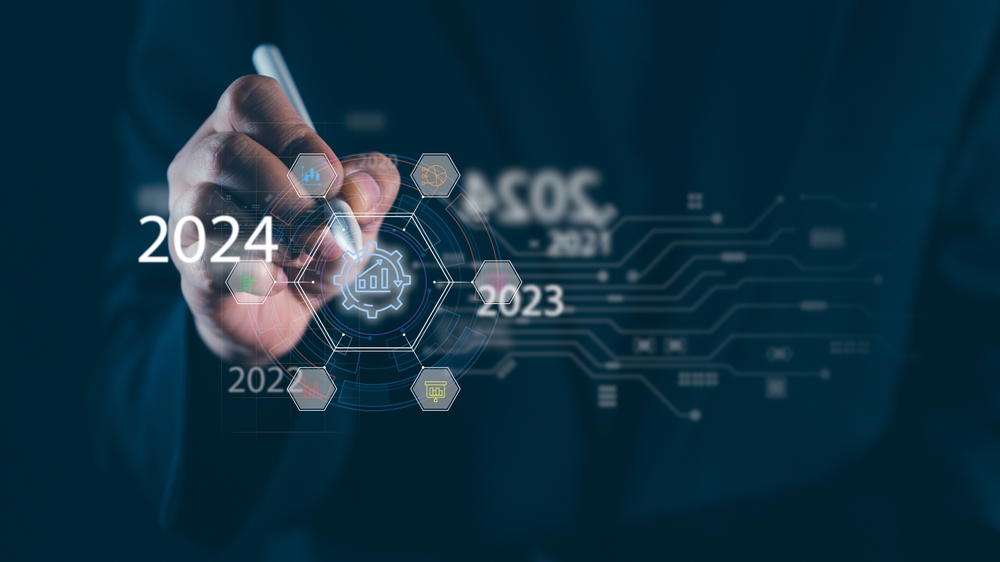The e-commerce landscape has been a dynamic and rapidly evolving sector, with each passing year bringing new trends, technologies, and strategies to the forefront. In 2023, the realm of eCommerce fulfillment is witnessing a transformative shift, characterized by innovative approaches aimed at enhancing customer experience, optimizing operations, and navigating the complexities of a competitive market. As we delve into the trends shaping the eCommerce fulfillment landscape this year, let’s explore the key developments driving this sector forward.
Hyper-Personalization through AI and Machine Learning
In 2023, integrating artificial intelligence (AI) and machine learning is revolutionizing how eCommerce businesses approach fulfillment. These technologies enable deep data analysis to predict customer preferences, behaviors, and purchasing patterns accurately. Leveraging this information, businesses can offer hyper-personalized experiences, from customized product recommendations to tailored delivery options, enhancing customer satisfaction and loyalty.
Sustainable Fulfillment Practices
Sustainability has emerged as a critical focus area for eCommerce businesses. In 2023, the emphasis on eco-friendly fulfillment practices is more pronounced than ever. Companies are implementing strategies to reduce carbon footprints by optimizing packaging, adopting recyclable materials, and exploring greener shipping options such as electric vehicles and renewable energy sources. Consumers increasingly favor environmentally conscious brands, making sustainability a crucial factor in fulfillment strategies.
Subscription-Based and Recurring Delivery Models
In 2023, the eCommerce landscape is witnessing a surge in subscription-based and recurring delivery models. Many businesses are capitalizing on the growing trend of subscription services, offering customers the convenience of automated, recurring deliveries for frequently purchased items. These models provide predictability for both consumers and businesses, fostering customer loyalty while ensuring a steady revenue stream. From groceries to personal care products, customers appreciate the convenience of regular deliveries tailored to their preferences and schedules. This trend emphasizes the importance of fostering long-term customer relationships through hassle-free, subscription-based fulfillment services.
Integration of Robotics and Automation
Robotic technologies continue to reshape the warehousing and fulfillment landscape. In 2023, eCommerce businesses are increasingly adopting automation for tasks like order picking, sorting, and packaging. Autonomous mobile robots (AMRs), drones, and robotic arms are streamlining operations, enhancing efficiency, and reducing human error, ultimately expediting order fulfillment while reducing operational costs.
Expansion of Omnichannel Fulfillment
Omnichannel fulfillment, which seamlessly integrates various sales channels, is gaining momentum in 2023. Retailers are leveraging a combination of brick-and-mortar stores, online platforms, social commerce, and mobile apps to provide customers with diverse shopping experiences. Strategies like buy online, pick up in-store (BOPIS), curbside pickup, and ship-from-store are being optimized to offer flexibility and convenience to consumers.
Augmented Reality (AR) in Fulfillment
The integration of augmented reality technology is revolutionizing the fulfillment process in 2023. AR is being used for enhanced order accuracy through smart picking solutions, providing real-time guidance to warehouse staff. Additionally, AR-powered visualization tools offer customers immersive experiences, allowing them to virtually try products before making a purchase decision.
In conclusion, 2023 is an exciting year for eCommerce fulfillment, marked by a convergence of cutting-edge technologies, customer-centric strategies, and sustainability initiatives. Businesses that adapt and embrace these trends will likely gain a competitive edge, fostering growth and building lasting relationships with their customers in this ever-evolving digital landscape. As 2024 unfolds, staying agile and responsive to emerging trends will be key for eCommerce businesses aiming to thrive in this dynamic environment.
